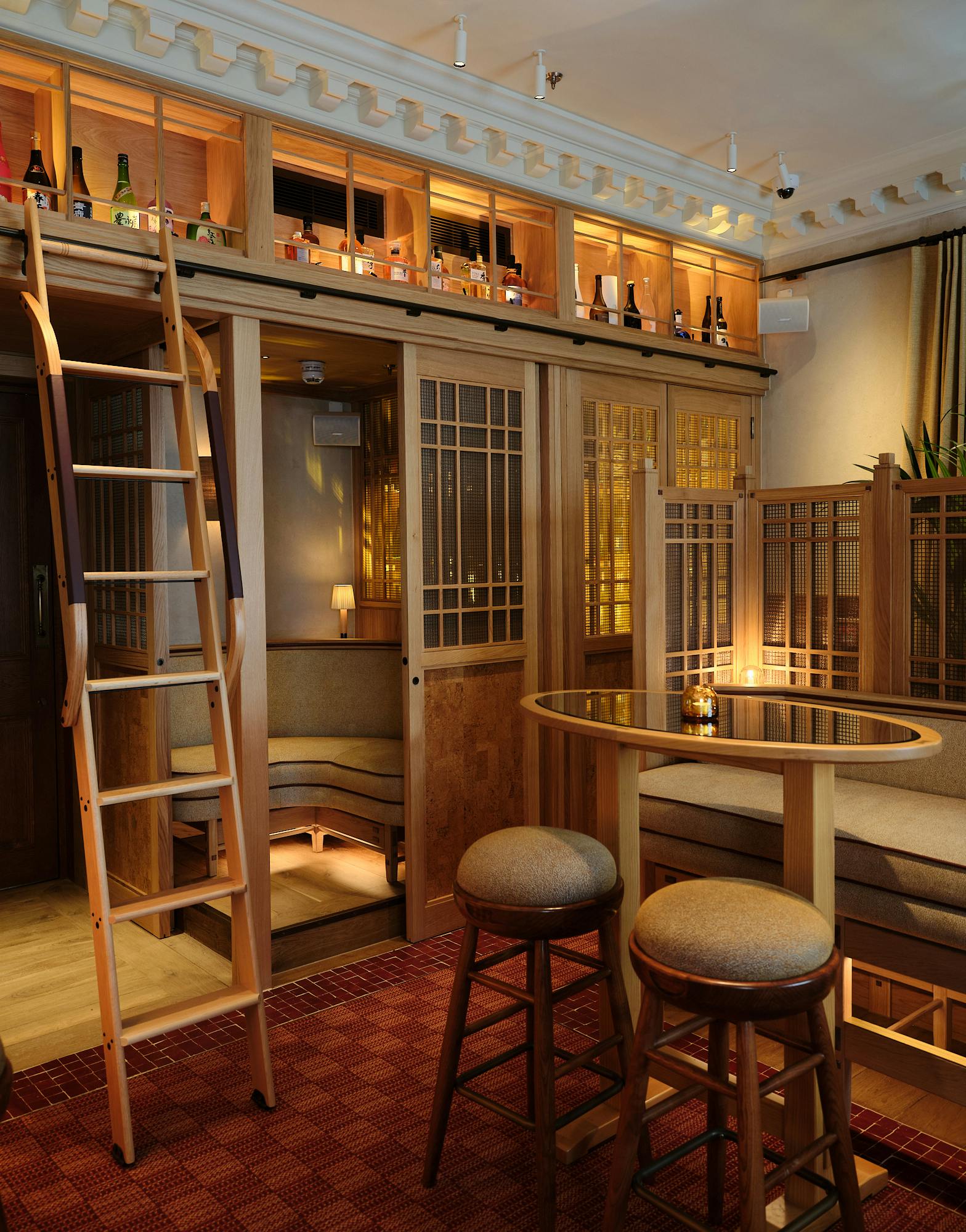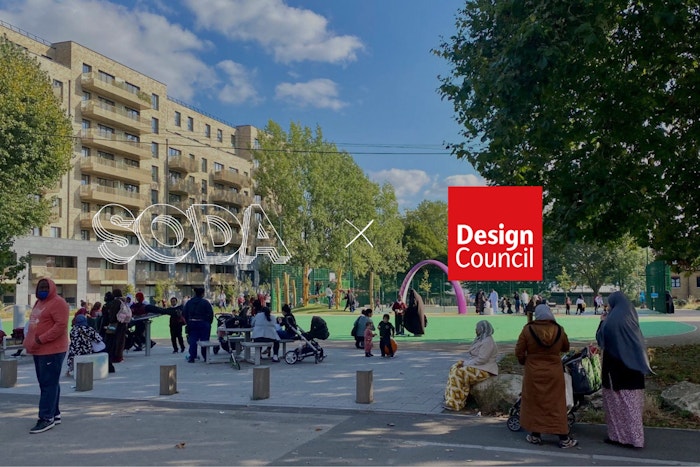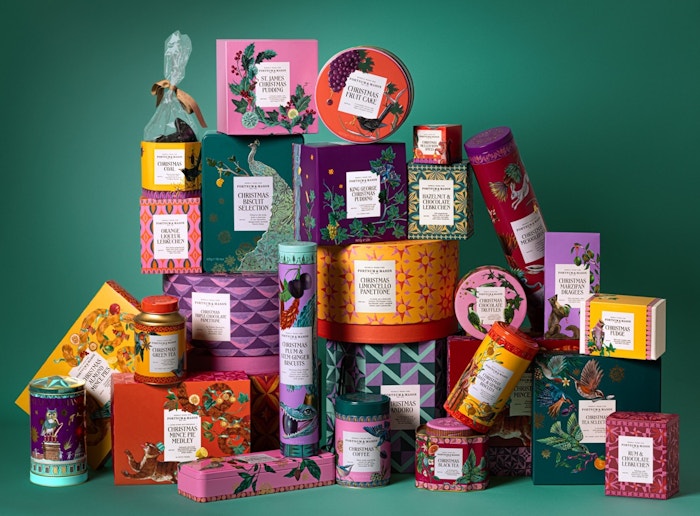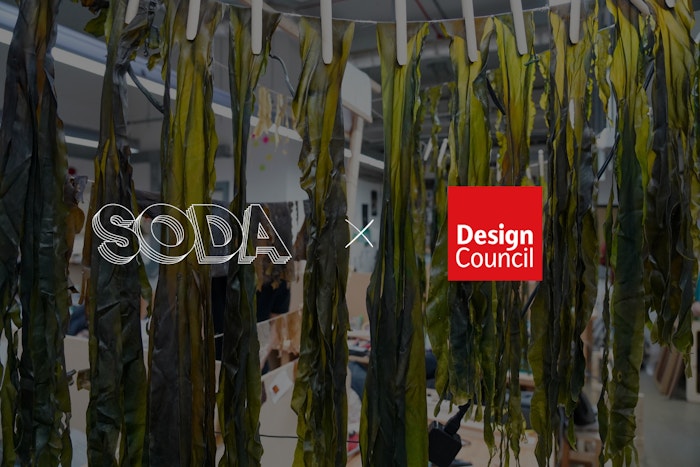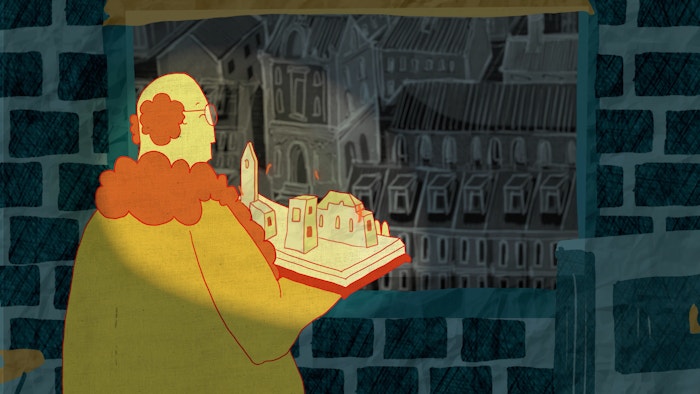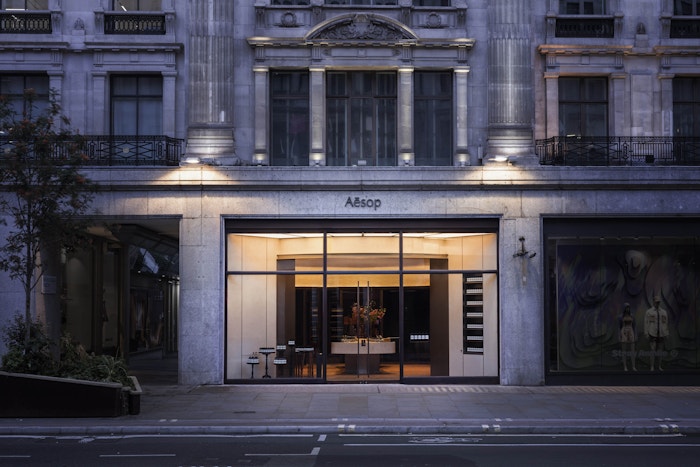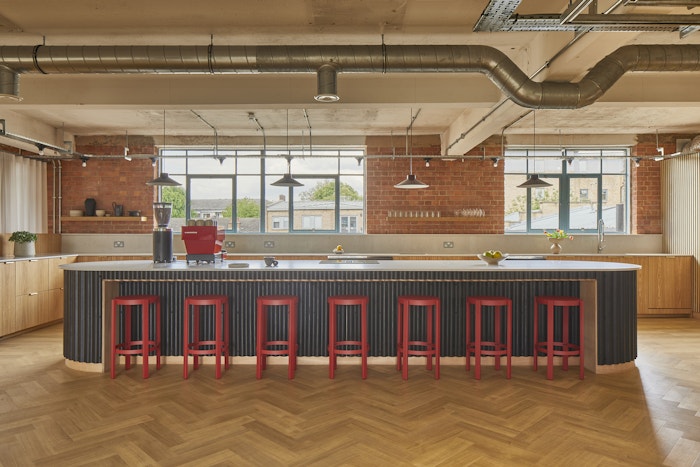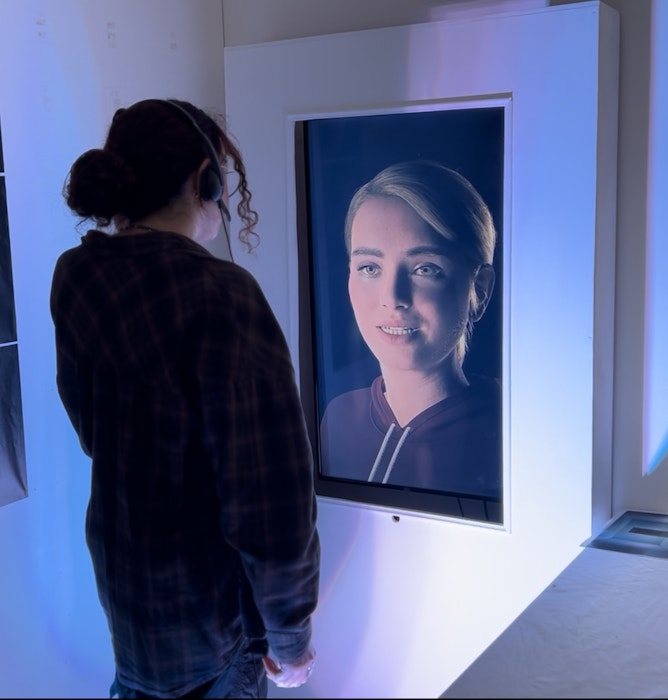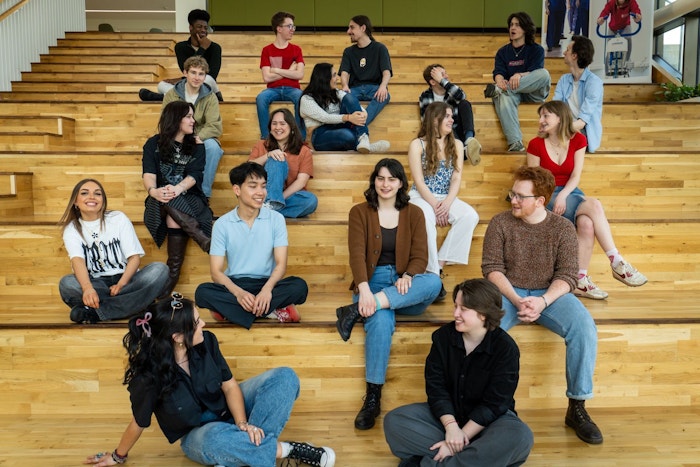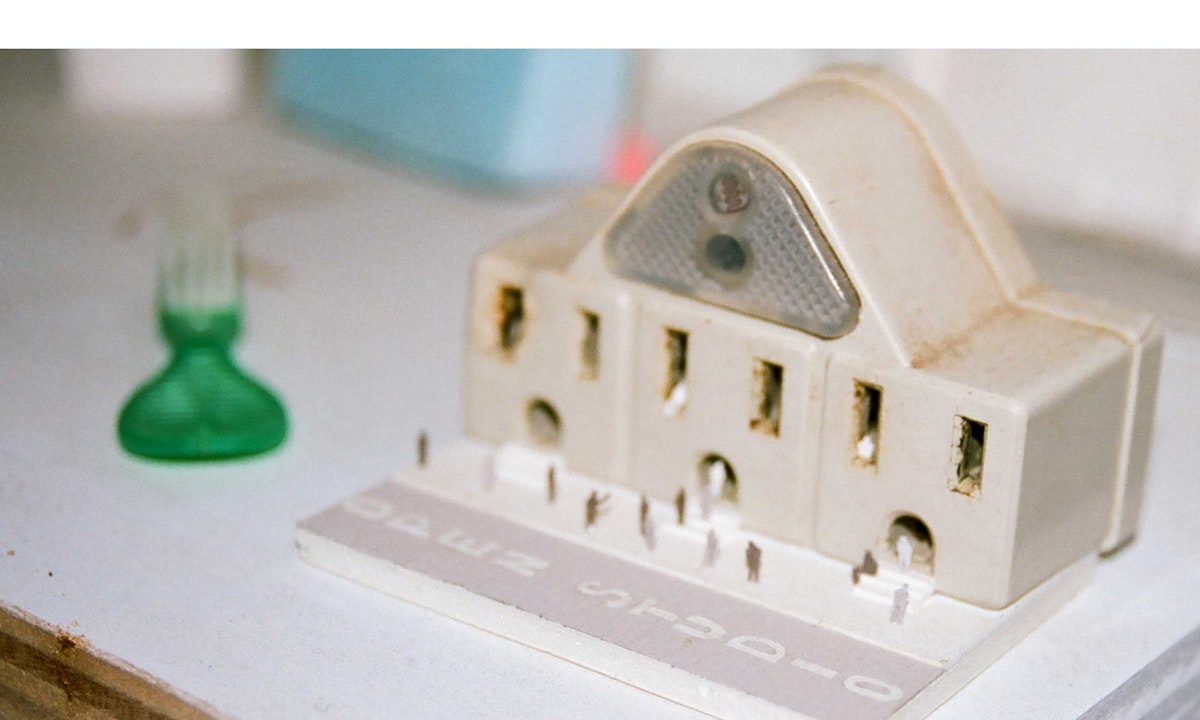
09 Nov 2017
TAKESHI MIYAKAWA
We originally met furniture designer Takeshi Miyakawa by chance four years ago when he was working on one of his pieces outside his studio, then in Williamsburg, New York City. Captivated and inspired, we recently paid a visit to his new studio in Greenpoint to find out more about his life and work.

Takeshi sitting at his desk
When did you originally come to the USA?
I’ve been in New York since 1989. It had much more character back then. It was rough and dangerous but very interesting and there was no sign of gentrification. I came here originally to learn English. A year later I ran out of money and luckily got a job in a furniture shop and realised what I was meant to do.
Your work seems quite instinctive, like you’re responding to your surroundings?
Yeah that’s what it is, a more intuitive reaction to nature, or music for example. And I’m interested in so many different things, which is why my work is quite diverse. Some people concentrate on one thing but I don’t want to limit myself. My problem is having limited time! I often revisit my old sketches and find something new from there, something which I thought about 5 years ago which is really refreshing to me now. So rediscovery is a core theme. I open my studio up twice a year to the public and I really love the interactive responses that happen. My work is easy to interact with I think.
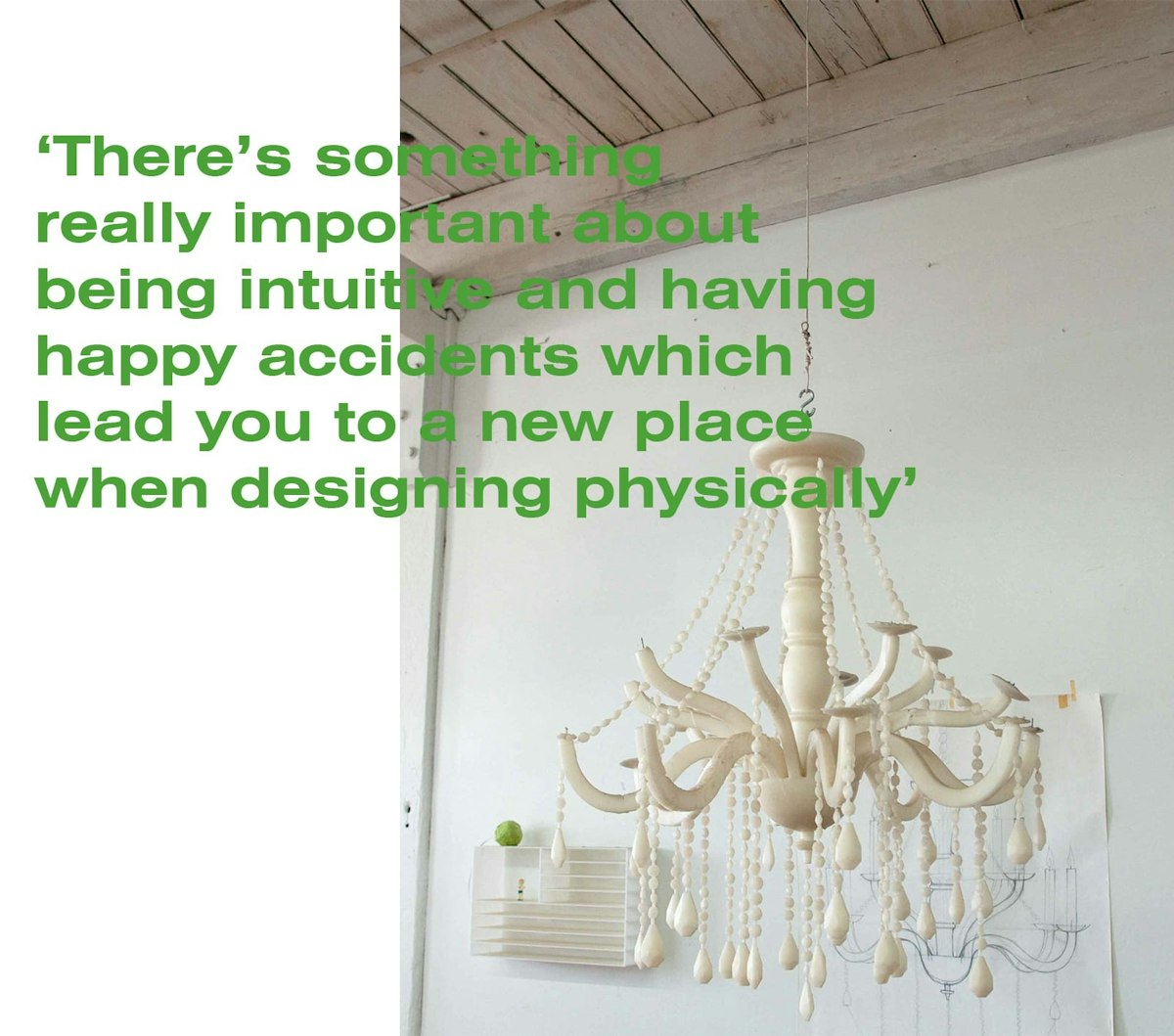
The Candlewax Chandelier
Absolutely, I think your work can be very playful and humourous too, but executed so simply …
I don’t necessarily try to entertain people, and I don’t actively intend to make anything playful. What I want to do is really enjoy myself through the process of fabrication, so I’m just smiling as I make it. If someone then looks at my work and feels something or smiles then I’m happy. Nowadays many young designers do something very playful and funky, but if that’s the only thing they do it can become quite boring. I also design serious pieces of furniture or sculpture, but I think doing both is a good mix.
What’s your favourite piece that you’ve produced?
That’s not easy to say…but I really enjoyed my candlewax chandelier. It took about 2 months because it’s all cast from wood and silicon. And of course my piece Fractal 23 [below], a modular set of drawers that can be opened from four sides.

Fractal 23
Within furniture and storage design, do you see any trends which you’re reacting to?
I mentioned how a lot of the younger designers are creating more playful pieces that are quite often less practical. I ask myself, ‘how are you going to sit on this crazy chair?’ or ‘how are you going to use this desk which is not ever straight?’ But if it’s a piece of furniture it has to function, and be comfortable, more or less. That trend I don’t appreciate so much. Of course some of the pieces are really inspirational and I do get infuenced by some of the more playful ideas. But I think good design is a balance between practicality and beauty.
Do you think your aesthetic comes from growing up in a city like Tokyo, where space is an issue, and so much of design is based around practicality?
Yes. As you know the Japanese are great at minimal design. I’m sure the things that I saw growing up have influenced my work, for example my staircase with built in storage. Also so much design in Japan is based around modular systems (such as tatami mats). That sense of modular design therefore is probably in my DNA, but I’m not very aware of how that is influencing my work, maybe its more obvious with something like Fractal 23 which is very modular.
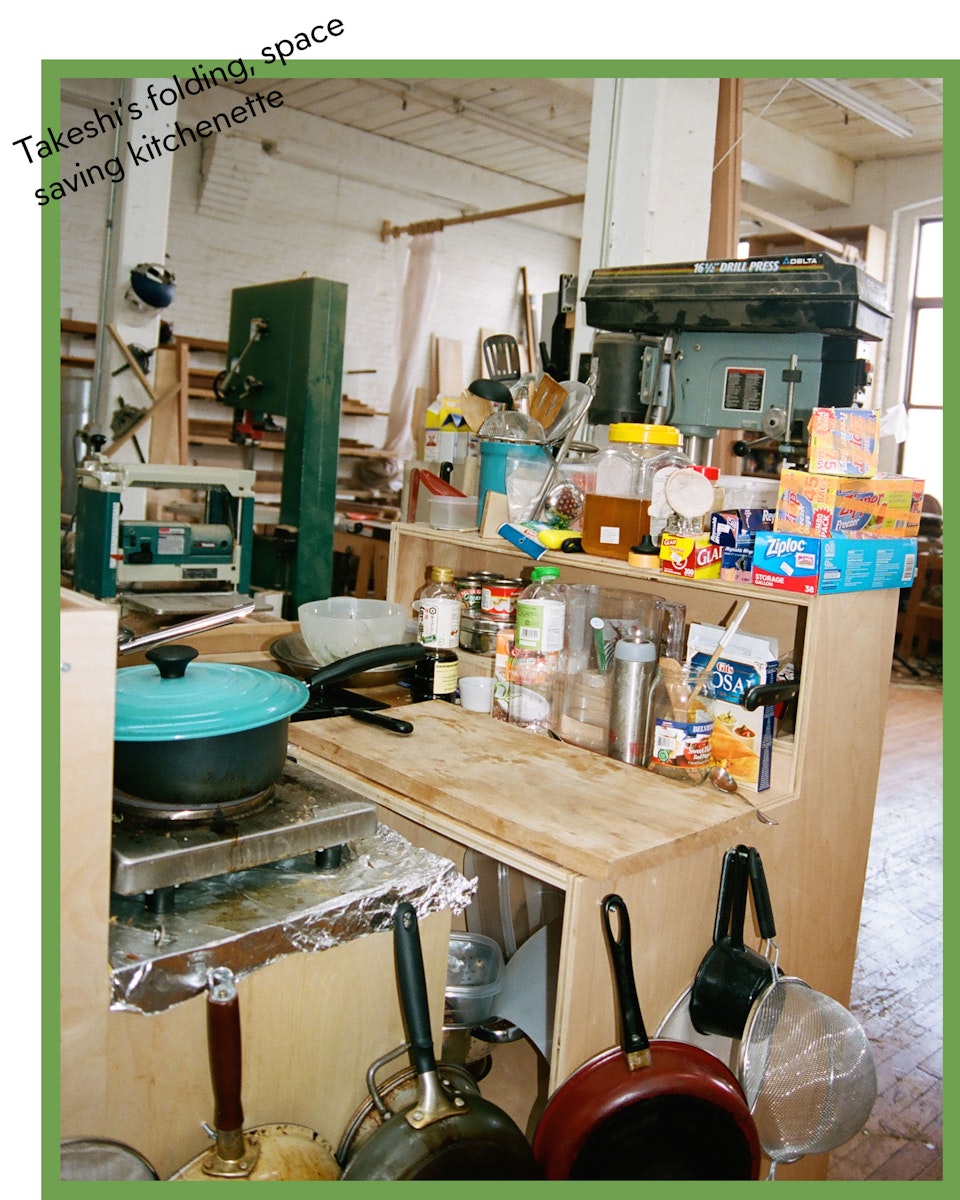
Is there anything else that you pull from your upbringing that influences your style of design?
I like simple ideas, but I studied architecture, so structure is something
really interesting to me. I like to challenge the rules of structure. My
piece ‘the rite of spring’ is very structurally challenging and has to be
attached to the wall with a cantilever. When I had a show for New York
Design Week, many architects commented on it and appreciated its
design.

Takeshi photographed in front of 'rite of spring' sitting on his 'visible/invisible' chair
You can tell you studied architecture looking at the work you produce now. Fractal 23 for example is very precise and practical ...
Yes it’s about designing with space, because the concept is about dividing space without wasting any. So I did a series of studies and came up with that quite intricate design.
Can you tell us about your study models?
It’s something I do for every project. Sometimes I study for weeks on a project, sometimes it’s just one day. I’m very quick at physical fabrication so it all depends on how quickly the concept evolves. For example, for my piece ‘conversational chairs’ , I made 100 study models of the different combinations of conversation these two chairs could be having. I plan on releasing a book of all my study models, and hope it will be inspiring to new students, who all seem so focused on designing digitally.
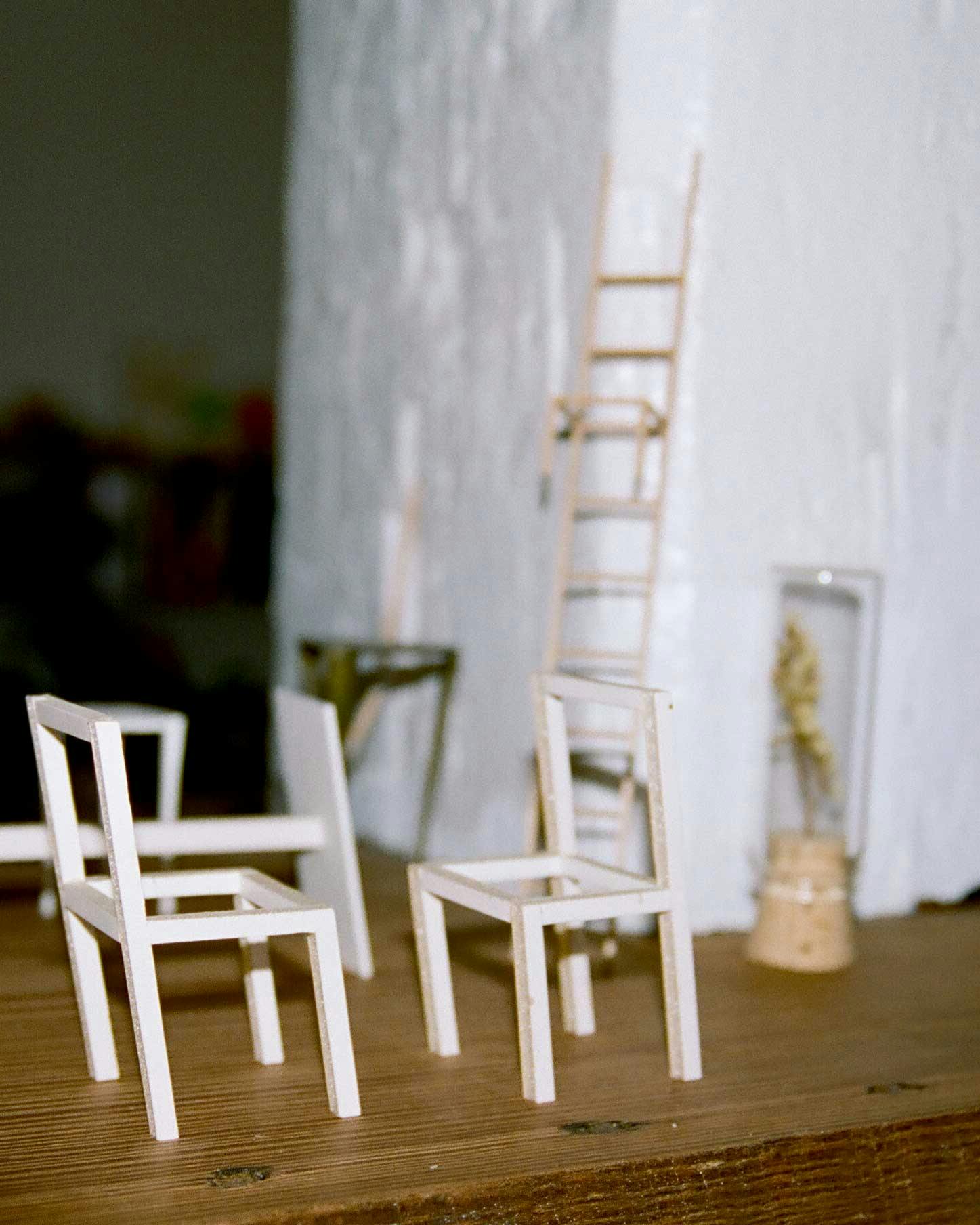
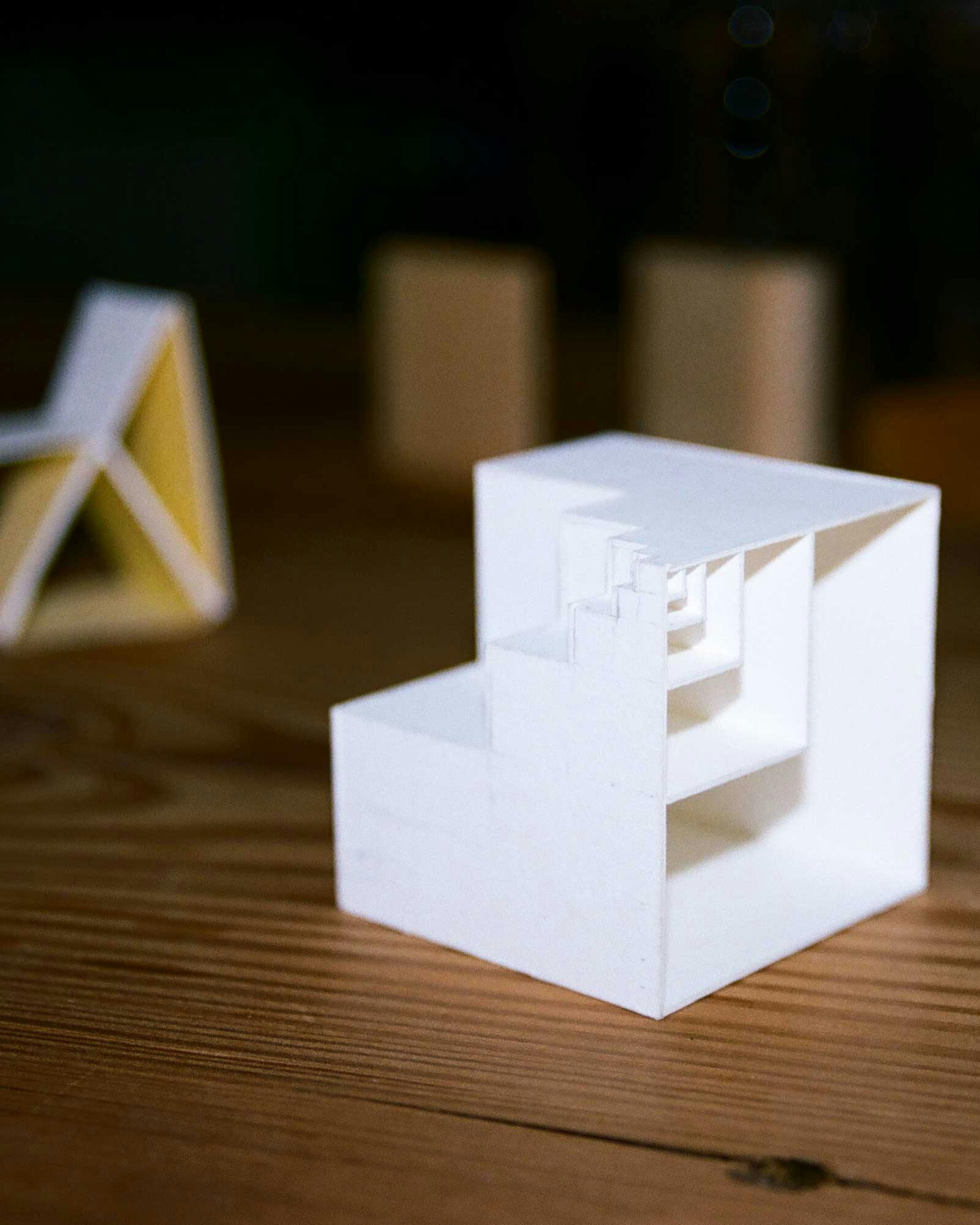
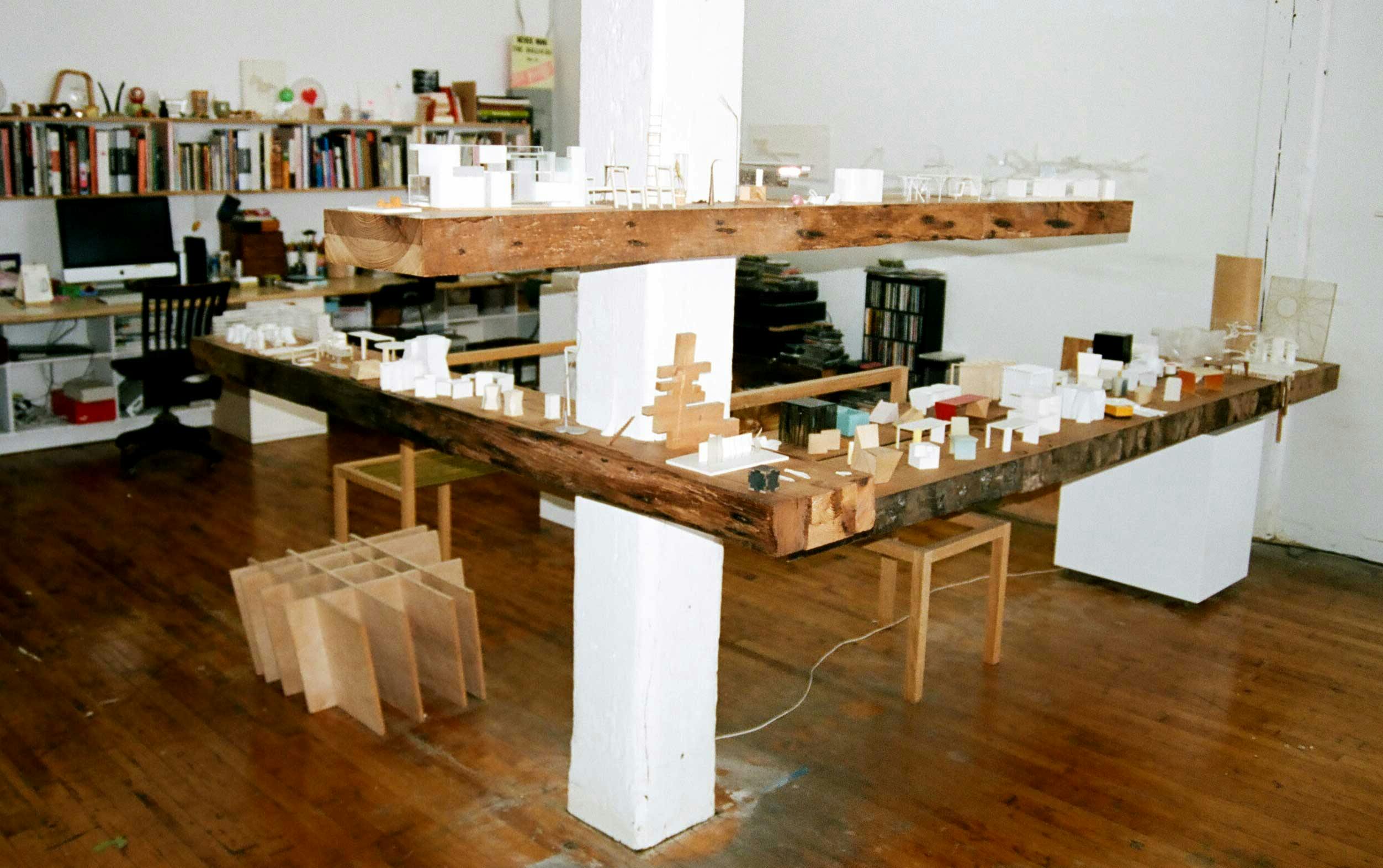
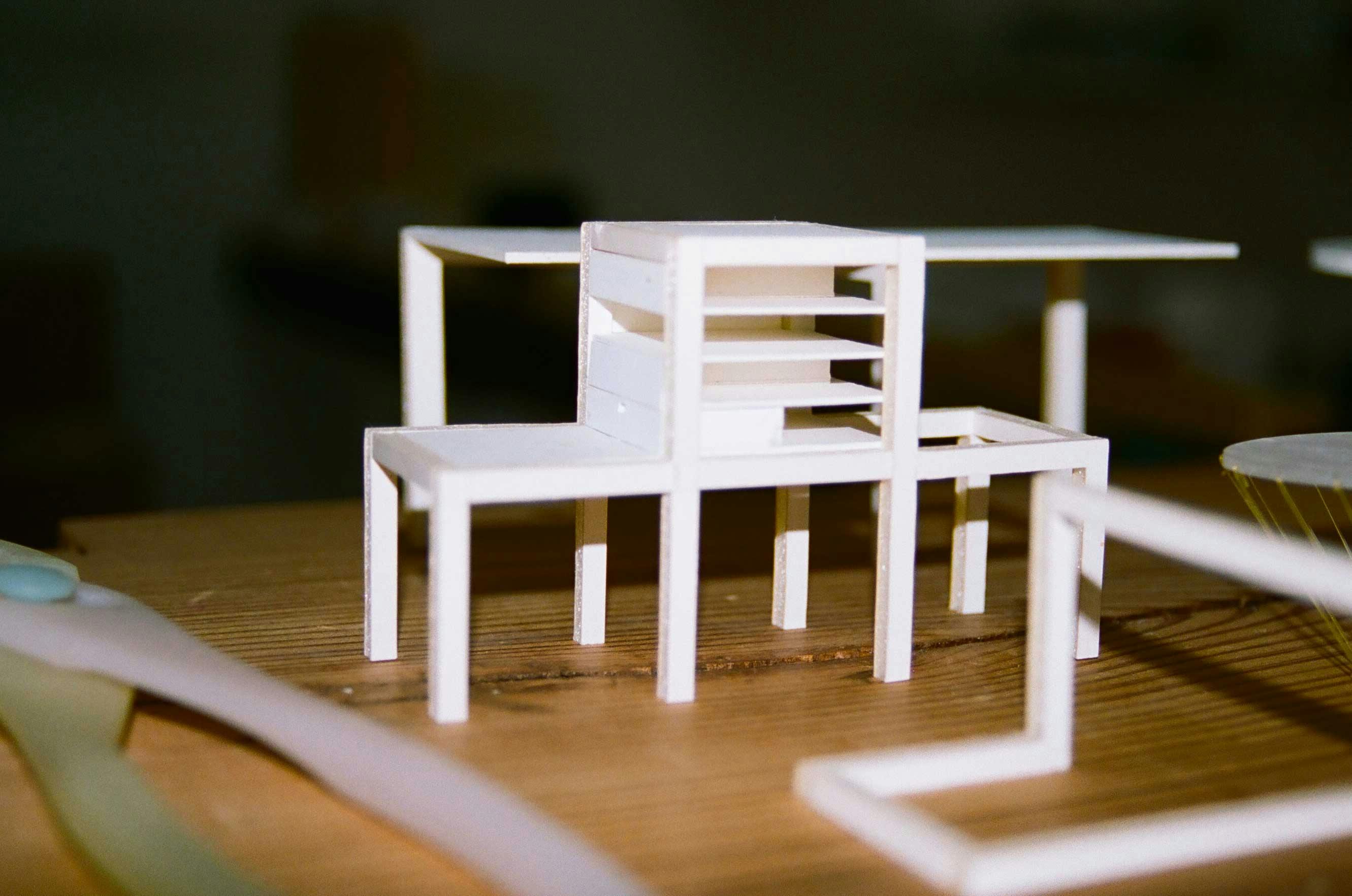

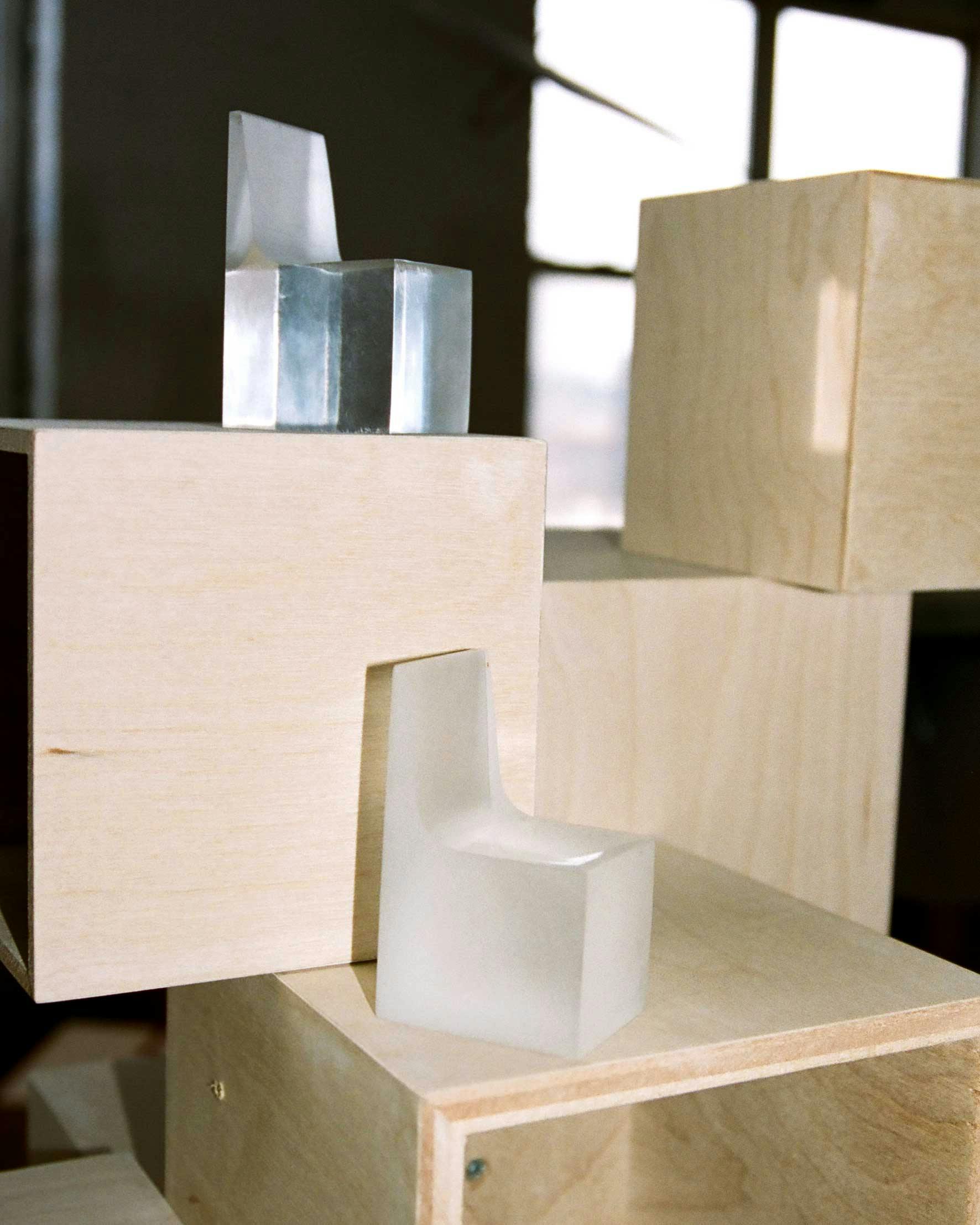
Speaking of digital design, what is your opinion on the rise of design technology over the last twenty years?
No matter how well you design with a piece of software you can’t feel texture or shadow, its very hard to understand how the final piece will turn out. It’s so easy to twist and distort shapes digitally that people think its a new design, but its not, you have to have a concept for it to be a new design. There’s something really important about being intuitive and having happy accidents which lead you to a new place when designing something physically.
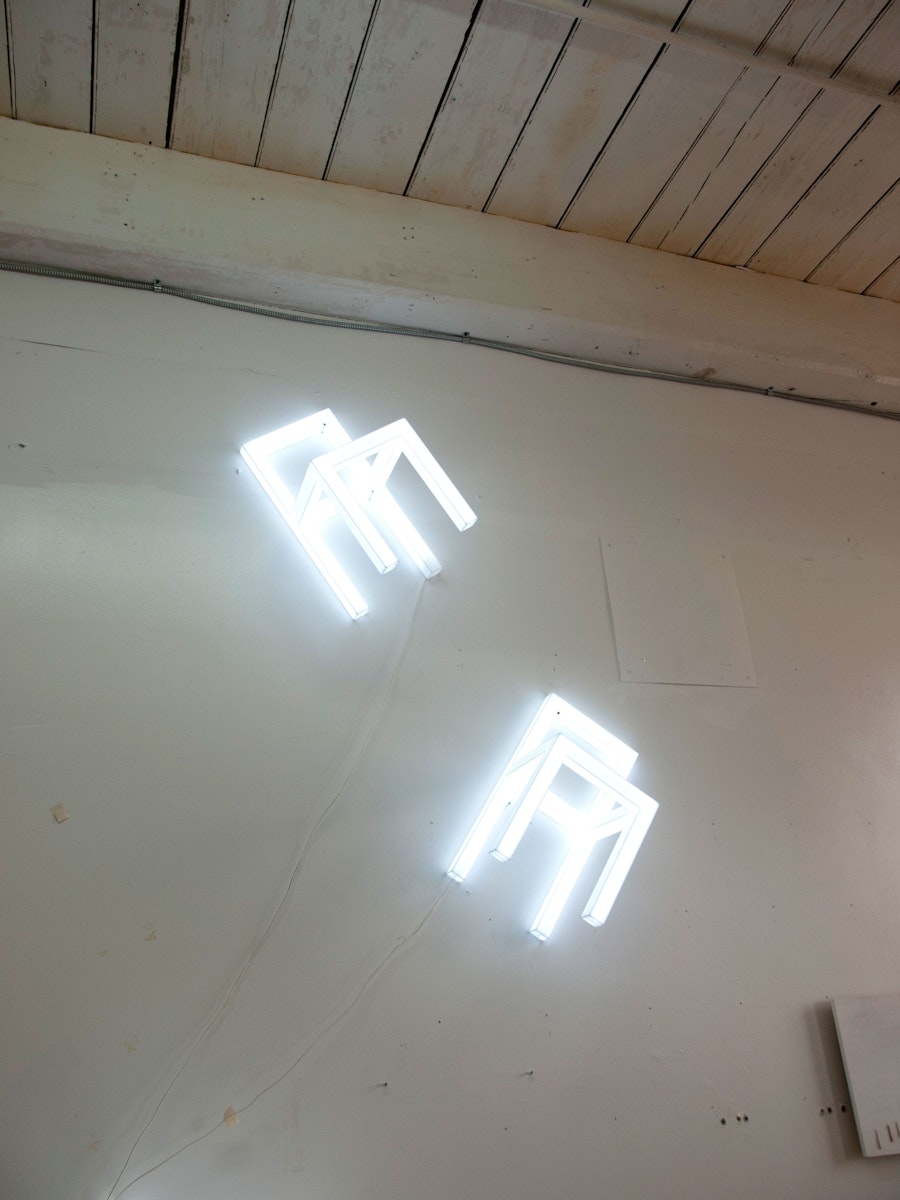
The glowing chairs
Finally, how do you imagine the future of design?
As long as we have hands, people will continue to make sketches and physical study models. There will always be a place for physical design but i’m sure that sometime in the future the world will be changed drastically through digital design. The trend for everyone to work digitally in inevitable, however I would advise to minimise this time, not just for designers but for everybody.
- Takeshi was interviewed by Tim Duncan & Samuel John Weeks
- Photography by Samuel John Weeks
- Edited by Alex Mills
- http://tmiyakawadesign.com - See more of Takeshi's innovative work here ...
